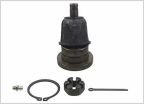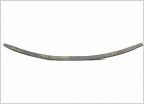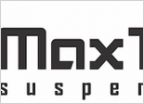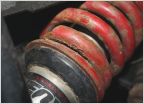-
Welcome to Tacoma World!
You are currently viewing as a guest! To get full-access, you need to register for a FREE account.
As a registered member, you’ll be able to:- Participate in all Tacoma discussion topics
- Communicate privately with other Tacoma owners from around the world
- Post your own photos in our Members Gallery
- Access all special features of the site
Back to Basics: Front Suspension
Discussion in 'Suspension' started by G0AT, Jan 14, 2022.


 UCA inquiry
UCA inquiry Ome progressive (7) leaf pack from dsm
Ome progressive (7) leaf pack from dsm Looking for a smoother ride
Looking for a smoother ride Icon coilover issue.
Icon coilover issue. 2017 PRO FOX spring.
2017 PRO FOX spring.





































































